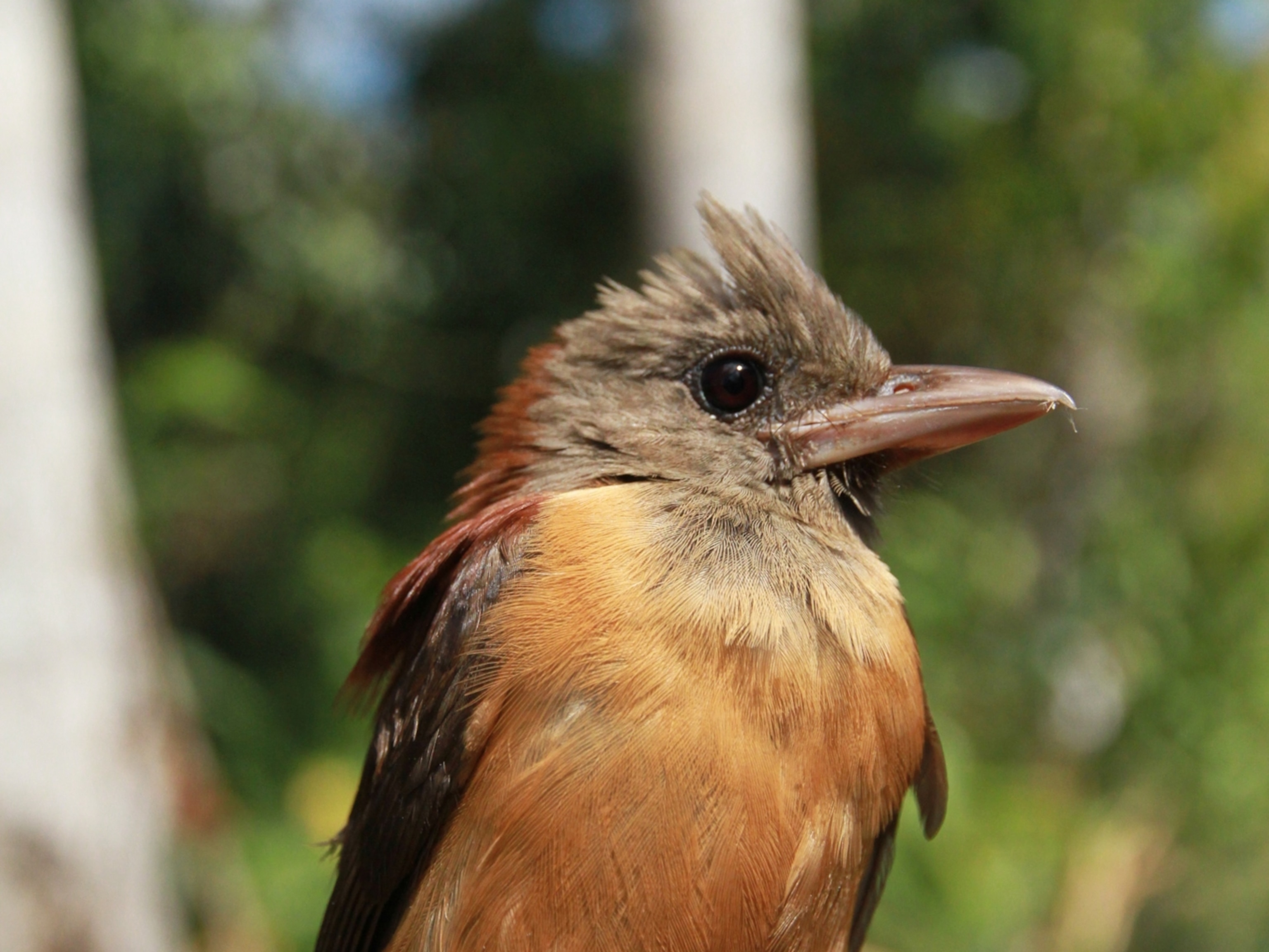
Why Fly? Flightless Bird Mystery Solved, Say Evolutionary Scientists
Ostriches, emus, moas, and other flightless birds of the world evolved flightlessness separately.
Large flightless birds are scattered across all but one of the world's southern continents. Since Darwin's era, people have wondered: How are they related?
Ostriches, emus, cassowaries, rheas, and kiwis can't fly. Unlike most birds, their flat breastbones lack the keel that anchors the strong pectoral muscles required for flight. Their puny wings can't possibly lift their heavy bodies off the ground. These flightless birds, called ratites, are clearly different from other avian species. (Read "Big Bird" in National Geographic magazine.)
Darwin noticed, and he predicted that ratites were related to each other. His contemporary, Thomas Huxley, found another commonality among them: The arrangement of bones in the roofs of their mouths appeared more reptile-like than that of other birds.
At about the same time, another biologist, Richard Owen, assembled the remains of a giant ostrich-like fossil skeleton, the first extinct moa known to the western world. But a pesky detail puzzled Huxley: Small, ground-dwelling South American tinamous didn't seem to fit neatly with the ratites or other birds.
Tinamous fly, albeit reluctantly. And they possess keeled sternums, suggesting that they evolved with flying birds. But their palate bones match the ratites. Where do they belong?
Scientists have debated this question for 150 years. Now, a new study in the journal Molecular Biology and Evolution, analyzing the largest molecular dataset to date, clarifies the tinamous' place on the evolutionary tree and offers clues about the origins of flightlessness.
To sort out the details, scientists probed almost 1,500 DNA segments from tinamous, emus, ostriches, the extinct little bush moas, and others. After sandblasting and pulverizing an ancient moa toe bone to chemically extract and sequence the DNA, scientists compared its DNA with that of the other species and ran multiple computer models simulating molecular evolutionary changes.
Some earlier studies, which have generally showed tinamous on the outskirts of the ratite group, relied solely on morphological traits like skeletal details. Other investigations of limited genetic information suggested tinamous were evolutionarily tangled with the flightless birds. "Fundamentally, the recent debate is about molecular data versus morphology," says Allan Baker, lead author of the study. "We can't both be right."
DNA Settles Relationship
The results were staggering, Baker says. The tinamous evolved within ratites, not as a separate lineage. "And the DNA says absolutely that moas and tinamous are closely related," says Baker, who first encountered moa fossils as a kid tromping through New Zealand caves.
Moa breastbones, toe bones, leg bones, and even the occasional skull rested in the mud, the final resting place for birds chased and slaughtered by humans about 12,000 years ago. Today, a cast of a Dinornis robustus skeleton towers over visitors to the Royal Ontario Museum where Baker is the senior curator of ornithology.
The Origins of Flightlessness
The tinamous' place on the evolutionary tree offers a glimpse into the origins of flightlessness. All ratites, including tinamous, probably trace their ancestry back to a flying relative, according to Baker. Tinamous retained their ability to fly, while the other lineages each lost flight independently. "It's very unlikely that tinamous would re-evolve flight from a flightless ancestor," says Baker.
The study upends an alternate, oft-cited story. Scientists speculated that the breakup of the supercontinent Pangaea's southern section split up a population of flightless ratite ancestors. Each landlocked group evolved in place, creating the awe-inspiring and quirky birds known today: ostriches in Africa, rheas in South America, emus and cassowaries in Australia, the extinct elephant bird in Madagascar, and kiwis and extinct moas in New Zealand. The story conveniently explained how flightless birds dispersed across the oceans. "Growing up, we were told that moas and kiwis were sisters," Baker says.
But now it looks like each group invaded New Zealand separately. The new evidence doesn't align with the timing of Pangaea's split more than 100 million years ago. The ratites evolved into separate lineages between 90 and 70 million years ago, and the tinamous and moas diverged about 45 million years ago, according to the study. "We can't rule out that the birds flew to each continent," says Baker, and then independently evolved their flightless features.
The debate about these birds has been contentious, Baker says. "But I think this study will put it to rest."
Follow Alison Fromme on Twitter.





